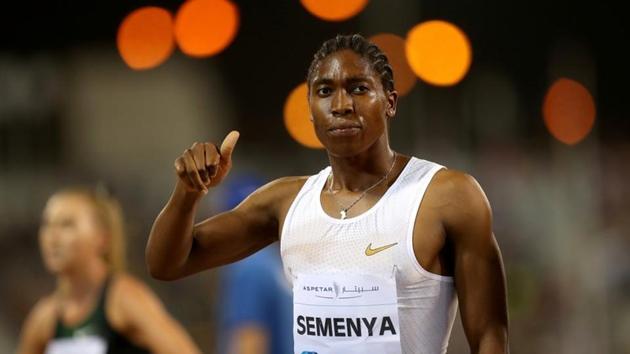We must question the CAS ruling on Semenya
Female athletes should not be given a limit on what their bodies produce naturally
On Thursday, the Court of Arbitration for Sport (CAS) ruling over South African athlete, Caster Semenya, made for poignant reading. In a media release — the actual 165-page verdict is confidential — CAS both agreed and disagreed with Semenya, the 28-year-old current world champion in 800 metres. Although CAS agreed that the regulations for female classification with respect to athletes with differences in sex development, laid down by the International Association of Athletics Federations (IAAF), are discriminatory, it rejected her plea challenging them. The CAS also expressed “serious concern” over the future practical applicability of the regulations, and encouraged the IAAF to consider these regulations as a “living document”, ie. subject to change. Last year, even the United Nations Human Rights Council special rapporteur wrote to the IAAF stating that these regulations “appear to contravene international human rights norms”.

Science is divided on this issue — the IAAF presented evidence before CAS to support its eligibility criteria for female athletes in international sporting events. Citing a study commissioned by it and the World Anti-Doping Agency, the IAAF said that naturally occurring testosterone levels that are higher than 5 nmol/L offer an advantage to female athletes in racing events between 400m to 1 mile. Hence, those with such levels must take medication to bring them down, if they wish to compete. However, other studies debunk the IAAF’s claims. Which is to say, the limit of the hormone could well be changed, as indeed it was, some years ago, brought down from 10nmol/L when Indian athlete Dutee Chand challenged an earlier iteration of this regulation and won.
Science may not be able to offer conclusive answers. The binary classification of sex is laden with our own presumptions of what it means to be a man and a woman. Universally, testosterone is reduced to being a male hormone, though it occurs naturally in other sexes. Clearly, testosterone is more than a hormone; it is a symbol: An intractable ness that can be adduced to masculinity, lending it legitimacy. It’s why we would call persons with differences in sex development “atypical”, because for us, such a thing as “typical” exists. And, to be male, to have testosterone, and the maleness that derives from it, is “typical”. It is also why the female-ness of athletes is judged on the basis how much testosterone they produce.
A really tall basketball player (a hormonal thing) is an asset; why should a female athlete be given a limit for something that her body is naturally producing?






